Beer — Traces of a 9,000-year-old cocktail found in China now has archaeologists believing that early humans domesticated grains to make beer, not bread.

Musical Instruments — 43,000-year-old bone fluted made of vulture wing and mammoth tusk have been found German caves.

Boats — 45,000 years ago, people crossed the seas to populate Australia, Indonesia, and other islands in the Pacific.
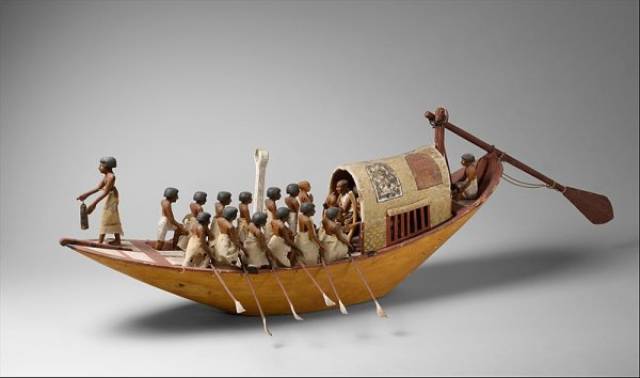
Beds — Bedding first popped up around 77,000 years ago in South Africa and was made of straw and leaves.

Tally Sticks — People etched tally marks into these tools to keep track of quantities and measurements
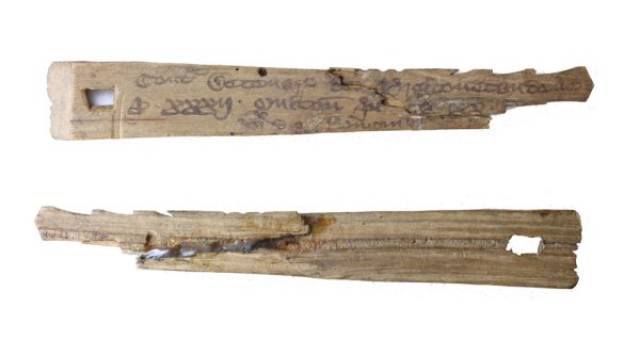
Art — The earliest cave paintings were drawn 40,000 years ago in Spain and Indonesia.

Agriculture — 13,000 years ago, humans were domesticating pigs, sheep, goats, and cattle, as well as farming their own crops.

Rope — Invented 28,000 years ago in Europe by twisting vines and plant fibers together.

Bow and Arrow — Remains of 9,000-year-old bows were found in Denmark.
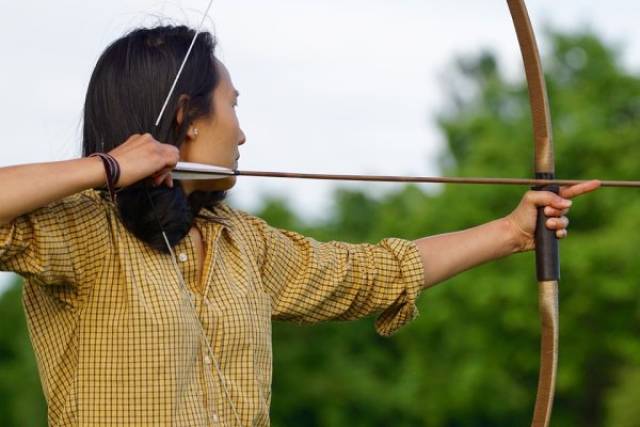
Cooking — Shortly after the invention of fire 1.8 million years ago, humans were using the flames to cook up hot meals. Scientists believe cooking enabled early humans to expend less energy on breaking down meat and plants, allowing their brains to grow larger.

Dong-shaped statues — Giant stone statues of phalluses were erected in Germany 28,000 years ago, and people dragged them into position without the help of a wheel.

Jewelry — Archaeologists uncovered a 130,000-year-old eagle claw necklace in a Neanderthal cave in Morocco.
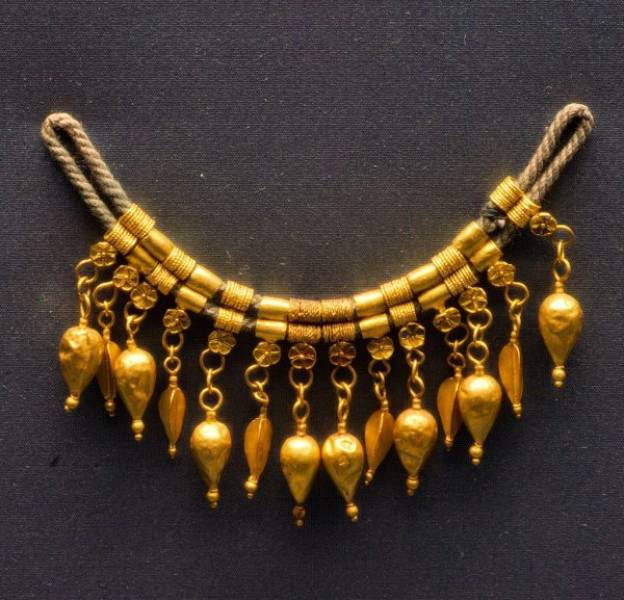
Geographic Maps — 14,000-year-old depictions of mountains, rivers, and travel paths were found etched in stone in Spain.
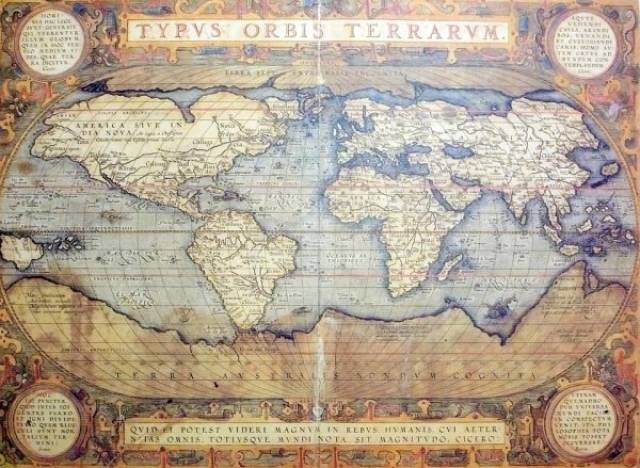
Clothing — Clothing lice have been traced back to 170,000 years ago, and with them, so has clothing.

Calendars — A series of 10,000-year-old pits that mimic the lunar cycle were found in Scotland.
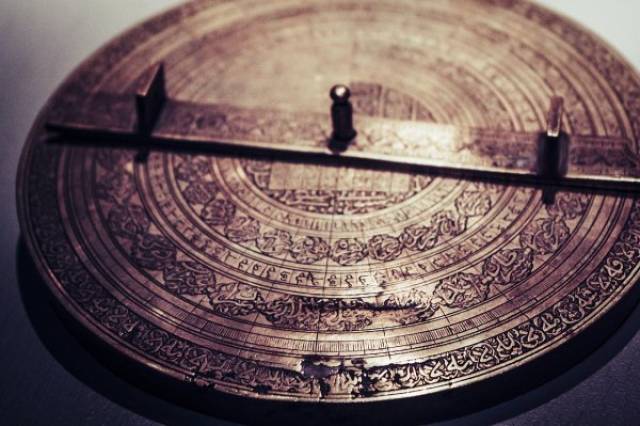
Glue — 200,000 years ago, Neanderthals used birch bark to fasten sharpened stones to sticks and make spears.

Pottery — Crude ceramic vessels for eating and drinking were found in China that date back 20,000 years.
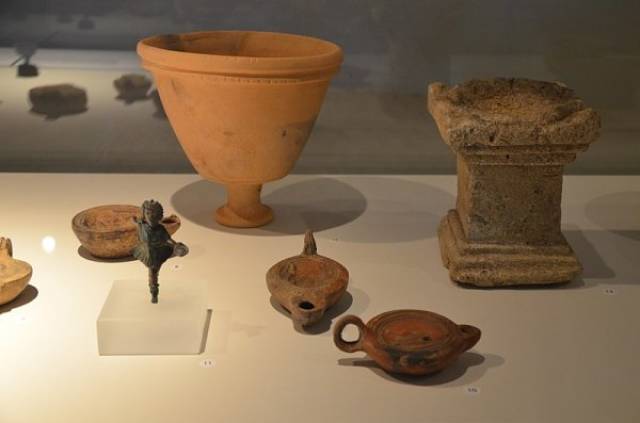
 Barnorama All Fun In The Barn
Barnorama All Fun In The Barn